Antirrhinum Dog Flower Tom thumb seeds pack of 40-50 seeds Open Pollinated
₹50.00
In stock
SKU: antirrhinumfine
Category: Winter Flower Seeds
Antirrhinum, commonly known as snapdragon, is a popular flowering plant known for its distinctive, snap-like flowers. Growing snapdragons from seeds is a relatively straightforward process. Here’s a guide on how to do it:
Antirrhinum 1. Gather Supplies:
- Snapdragon seeds
- Seed starting mix or well-draining potting soil
- Seed trays or small containers with drainage holes
- Plastic wrap or a clear plastic dome
- Grow lights or a sunny location
- Watering can or spray bottle
- Zinnia benary giant can be a good companion
Antirrhinum 2. Sowing Snapdragon Seeds:
- Fill seed trays or small containers with the seed starting mix or potting soil.
- Moisten the soil evenly before planting the seeds.
- Antirrhinum Plant the snapdragon seeds on the surface of the soil, gently pressing them down. Snapdragon seeds need light to germinate, so do not cover them with soil.
- Can be grown with sunflower teddy
3. Antirrhinum Watering:
- Water the soil gently using a fine spray nozzle or a spray bottle. Keep the soil consistently moist but not waterlogged.
4. Germination:
- Antirrhinum Place the seed trays in a warm location with indirect sunlight or use grow lights. Snapdragons usually germinate within 7 to 14 days.
- Once the seeds germinate, remove the plastic covering to promote air circulation.
5. Light and Temperature:
- Provide bright, indirect light or grow lights for the seedlings. Maintain a temperature between 60°F to 70°F (15°C to 21°C) for optimal growth.
6. Antirrhinum Transplanting:
- When the snapdragon seedlings have developed a couple of true leaves, transplant them into individual pots or larger containers.
- Handle the seedlings carefully to avoid damaging the delicate roots.
7. Antirrhinum Outdoor Planting:
- Once the danger of frost has passed, and the seedlings are well-established, transplant them into the garden. Choose a location with well-draining soil and partial to full sunlight.
8. Antirrhinum Care and Maintenance:
- Water the snapdragons regularly, keeping the soil consistently moist. However, avoid overwatering to prevent root rot.
- Provide support for taller varieties using stakes or other support structures.
- Deadhead spent flowers to encourage continuous blooming.
| Color | Mix |
|---|---|
| Germination Level | Easy |
| Growth Pattern | Up right Straight |
| Hybrid or Open Pollinated | Open Pollinated |
| Ideal location | Full sun |
| Origin Country | India |
Be the first to review “Antirrhinum Dog Flower Tom thumb seeds pack of 40-50 seeds Open Pollinated” Cancel reply
You must be logged in to post a review.
Related products
Winter Flower Seeds
Phlox Twinkle Star Seeds flower Hybrid seeds pack of 40-50 seeds Open Pollinated
₹50.00



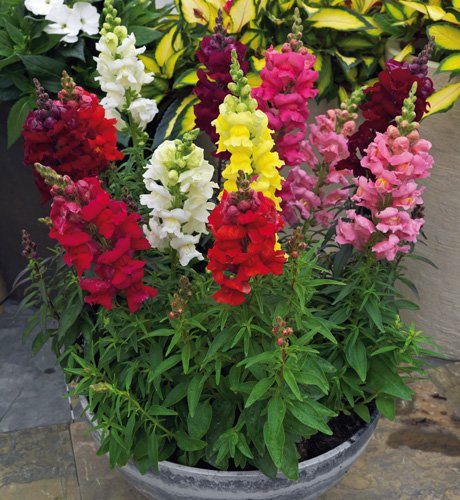

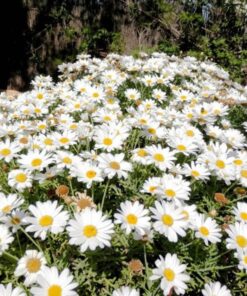
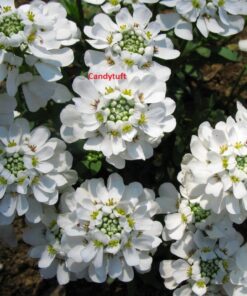
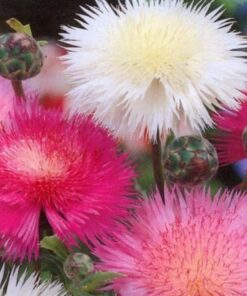
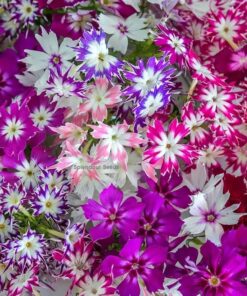
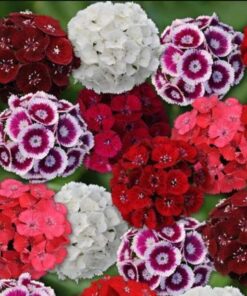


Reviews
There are no reviews yet.